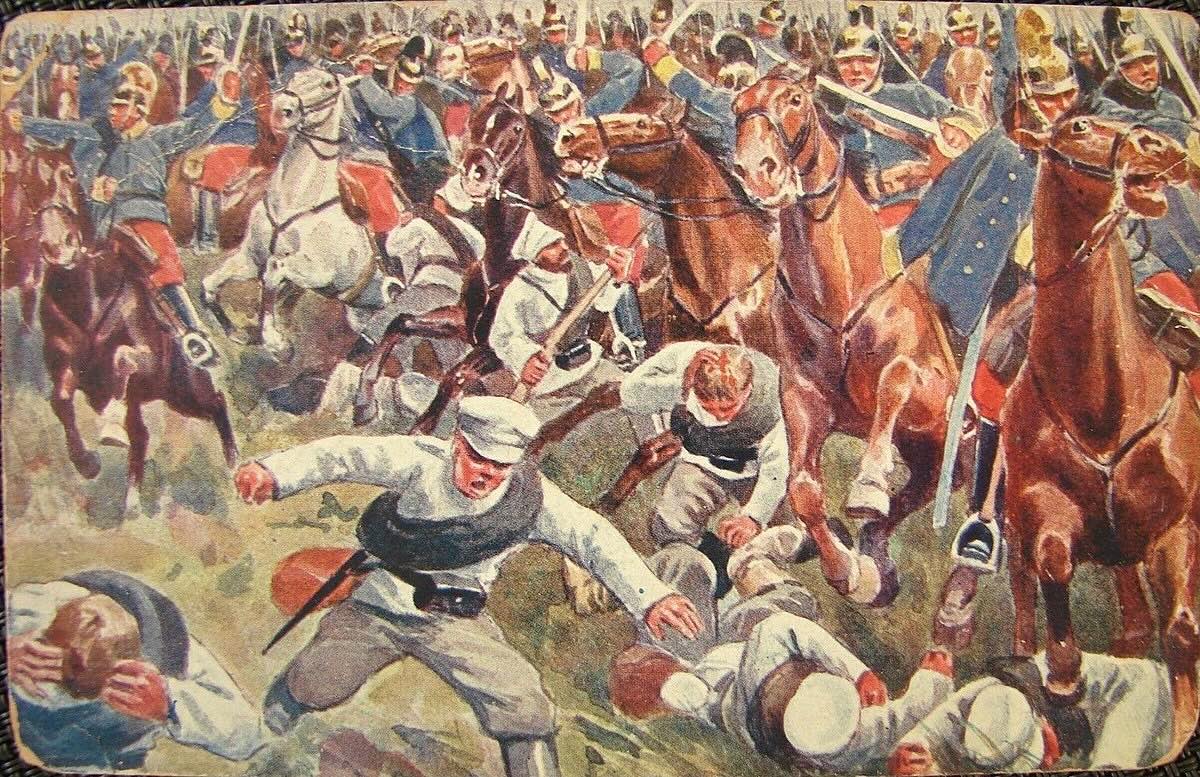
Did you know the Austrian–Hungarian War was a pivotal conflict in European history? This war, often overshadowed by larger conflicts, played a crucial role in shaping the political landscape of Central Europe. Fought between 1866 and 1867, it saw Austria and Hungary clashing over dominance and autonomy. The war's outcome led to the Austro-Hungarian Compromise of 1867, creating the dual monarchy of Austria-Hungary. Key battles, strategic alliances, and significant figures emerged during this period, influencing future European politics. Understanding this war provides insight into the complex relationships and power struggles that defined 19th-century Europe. Let's dive into 30 intriguing facts about the Austrian–Hungarian War, shedding light on its causes, events, and lasting impact.
Key Takeaways:
- The Austrian–Hungarian War of 1848-1849 was a pivotal conflict sparked by nationalist movements, leading to Hungary's defeat and the establishment of the Austro-Hungarian Empire in 1867.
- The war had a profound impact on Hungarian national identity, inspiring cultural and social changes, and influencing future conflicts with its innovative tactics and lessons on the power of nationalist movements.
The Origins of the Austrian–Hungarian War
The Austrian–Hungarian War, often overshadowed by larger conflicts, holds a treasure trove of intriguing details. Let's dive into some lesser-known facts about this historical event.
-
The war began in 1848, sparked by nationalist movements within the Austrian Empire.
-
Hungary sought independence from Austria, leading to a series of revolts.
-
The conflict is also known as the Hungarian Revolution of 1848.
-
Lajos Kossuth emerged as a key figure, advocating for Hungarian independence.
Key Battles and Military Strategies
Understanding the battles and strategies used during the war provides insight into the conflict's dynamics.
-
The Battle of Pákozd on September 29, 1848, was the first significant clash.
-
Hungarian forces used guerrilla tactics to counter the Austrian army's superior numbers.
-
The Siege of Buda in May 1849 was a pivotal moment, with Hungarian forces recapturing the city.
-
Artillery played a crucial role, with both sides heavily relying on cannons.
Political Maneuvering and International Influence
The war wasn't just fought on the battlefield; political strategies and international influences were equally important.
-
Austria sought help from Russia, leading to Russian intervention in 1849.
-
The Hungarian Declaration of Independence was issued on April 14, 1849.
-
Emperor Franz Joseph I of Austria played a central role in the conflict's political landscape.
-
The war influenced other nationalist movements across Europe, inspiring similar uprisings.
The Role of Key Figures
Several individuals left an indelible mark on the Austrian–Hungarian War through their leadership and actions.
-
Lajos Kossuth, the Hungarian leader, became a symbol of resistance.
-
General Artúr Görgei was a prominent Hungarian military leader.
-
Austrian General Julius Jacob von Haynau was known for his brutal tactics.
-
Count István Széchenyi, a Hungarian statesman, initially opposed the revolution but later supported reforms.
The Aftermath and Legacy
The war's conclusion and its long-term effects shaped the future of both Austria and Hungary.
-
The war ended in August 1849 with Hungary's defeat.
-
The Austrian Empire imposed harsh reprisals on Hungary, including executions and imprisonments.
-
The Compromise of 1867 eventually led to the establishment of the Austro-Hungarian Empire.
-
The war left a lasting legacy on Hungarian national identity and pride.
Cultural and Social Impact
Beyond politics and battles, the war had significant cultural and social repercussions.
-
Hungarian literature and arts flourished during and after the war, reflecting nationalistic themes.
-
The war inspired numerous poems, songs, and artworks celebrating Hungarian heroism.
-
Women's roles in the war, including those who served as nurses and supporters, were crucial yet often overlooked.
-
The conflict led to significant social changes, including the rise of a more politically active middle class.
Technological and Tactical Innovations
The Austrian–Hungarian War saw several technological and tactical innovations that influenced future conflicts.
-
The use of railways for troop movements was a notable advancement.
-
Telegraphs played a crucial role in communication and coordination.
-
Both sides experimented with new artillery designs and tactics.
-
The war highlighted the importance of logistics and supply chains in modern warfare.
The War's Influence on Future Conflicts
The Austrian–Hungarian War set precedents and provided lessons for future military and political conflicts.
-
The war's guerrilla tactics influenced later independence movements.
-
The conflict demonstrated the power of nationalist movements in challenging established empires.
Final Thoughts on the Austrian–Hungarian War
The Austrian–Hungarian War, though often overshadowed by larger conflicts, played a crucial role in shaping European history. The war saw innovative military strategies, significant political shifts, and profound social impacts. Understanding these events helps us appreciate the complexities of historical conflicts and their lasting effects on nations and people. From the bravery of soldiers to the strategic maneuvers of leaders, every aspect of this war offers valuable lessons. By delving into these facts, we gain a deeper insight into the resilience and determination of those involved. The Austrian–Hungarian War remains a testament to the enduring human spirit in the face of adversity. As we reflect on these historical moments, we honor the legacy of those who lived through them and recognize the importance of learning from the past to build a better future.
Frequently Asked Questions
Was this page helpful?
Our commitment to delivering trustworthy and engaging content is at the heart of what we do. Each fact on our site is contributed by real users like you, bringing a wealth of diverse insights and information. To ensure the highest standards of accuracy and reliability, our dedicated editors meticulously review each submission. This process guarantees that the facts we share are not only fascinating but also credible. Trust in our commitment to quality and authenticity as you explore and learn with us.
